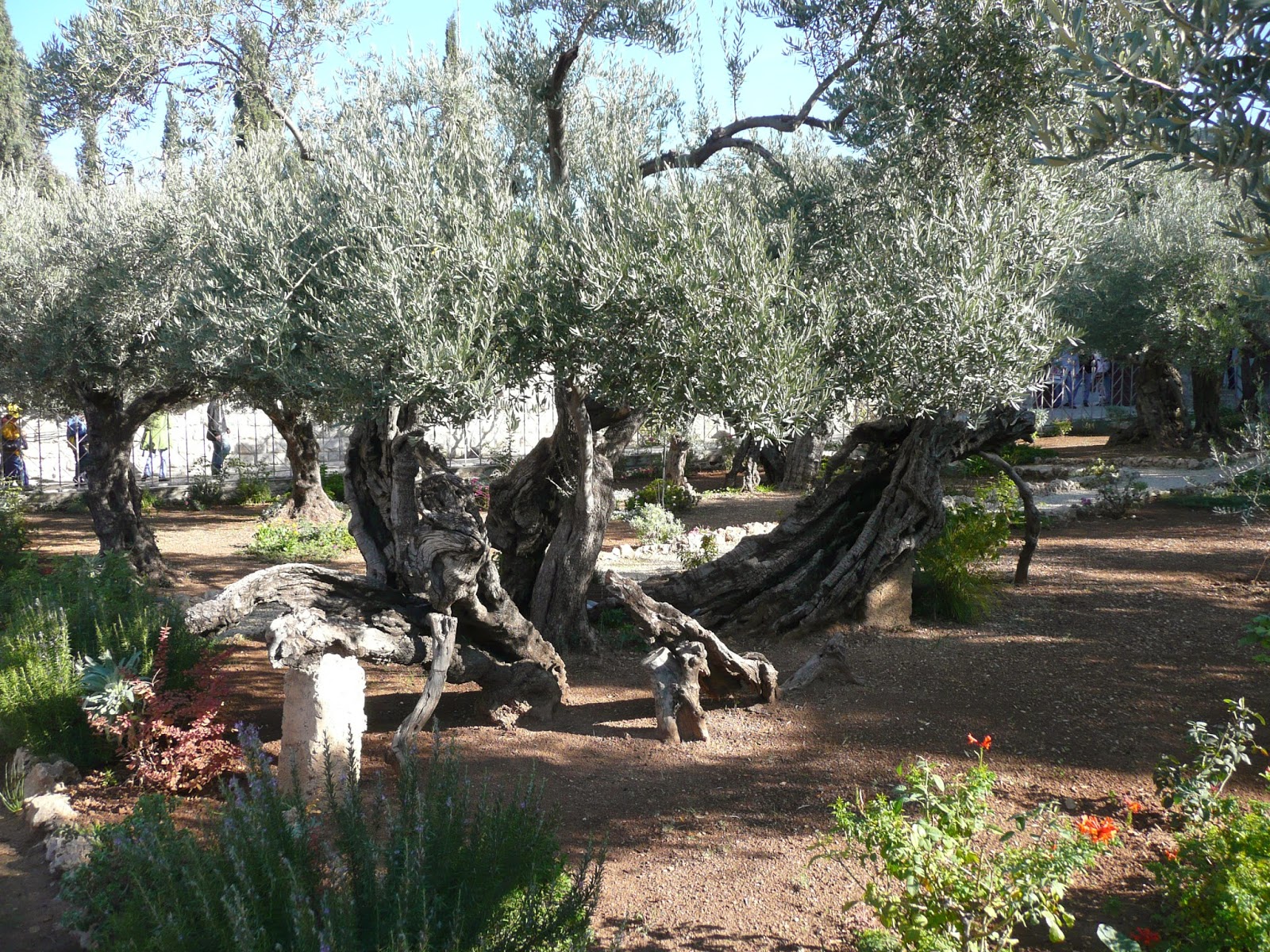




The Mount of the Beatitudes is an idyllic place, perfect for Jesus' proclamation,
Think not that I have come to abolish the law and the prophets; I have come not to abolish them but to fulfill them" Mt 5:17.
The mount is a tree-lined hill not far from Capernaum. It overlooks the sea of Galilee. Of the places I have been so far in the Holy Land, I decide that I like Galilee best. Here on the mount, I feel a peace and serenity that I have not experienced anywhere else. I presume that it is the beauty of the place that is the cause. Every direction I turn provides me with beautiful vistas, shades of green against blue sky and water, rolling plains, flowers, distant mountains, date-palms and cypress trees. Blessed tranquility! Regal nature!
As soon as we arrive, I am invigorated, ready to explore my surroundings. It is beautiful and yet not what I had expected, still it is not disappointing. Jesus walked here. I can't get over this. This is where He did his most intense teaching, where he challenged the multitudes to become truly like Him, Christians. Doers of the word.
In this place Jesus reinforced and reiterated our moral code. In this setting and speaking with divine authority, He urged, Blessed are the poor in spirit, for theirs is the kingdom of heaven. Mt 5:3. He spoke with intensity and urgency. He let his listeners know how God views the issues that concern humanity to this day: divorce, anger, adultery, marriage, oaths, retaliation, love for our enemies, alms giving. You have heard it said. . .But I say to you. . . Blessed are they who hunger and thirst for righteousness, for they will be satisfied. Blessed are the merciful, for they shall be shown mercy. Mt 5: 6-7. He spoke as the Messiah, and the people saw in him someone greater than Moses; they believed. They took His words to their hearts. In Galilee, against that setting, it was easy to do. His words challenged then; they challenge today. Today the challenge falls on deaf ears.
We walk through the arched ambulatory into the main chapel of the domed octagonal church built by the order of St. Francis, and there Father celebrates Mass. Above us sunlight filters through the stained glass windows on which the words of the Beatitudes are written.
Mass is always an emotional experience for me, and on this day I am moved to tears. On this day, I really understood Jesus' powerful words so urgent and so unheeded. You have heard that it was said, 'You shall love your neighbor and hate your enemy,' But I say to you, love your enemies, and pray for those who persecute you, that you may be children of your heavenly Father, for he makes his sun rise on the bad and the good, and causes rain to fall on the just and the unjust. . . So be perfect as your heavenly Father is perfect. Mt 5: 43-45, 48.


















